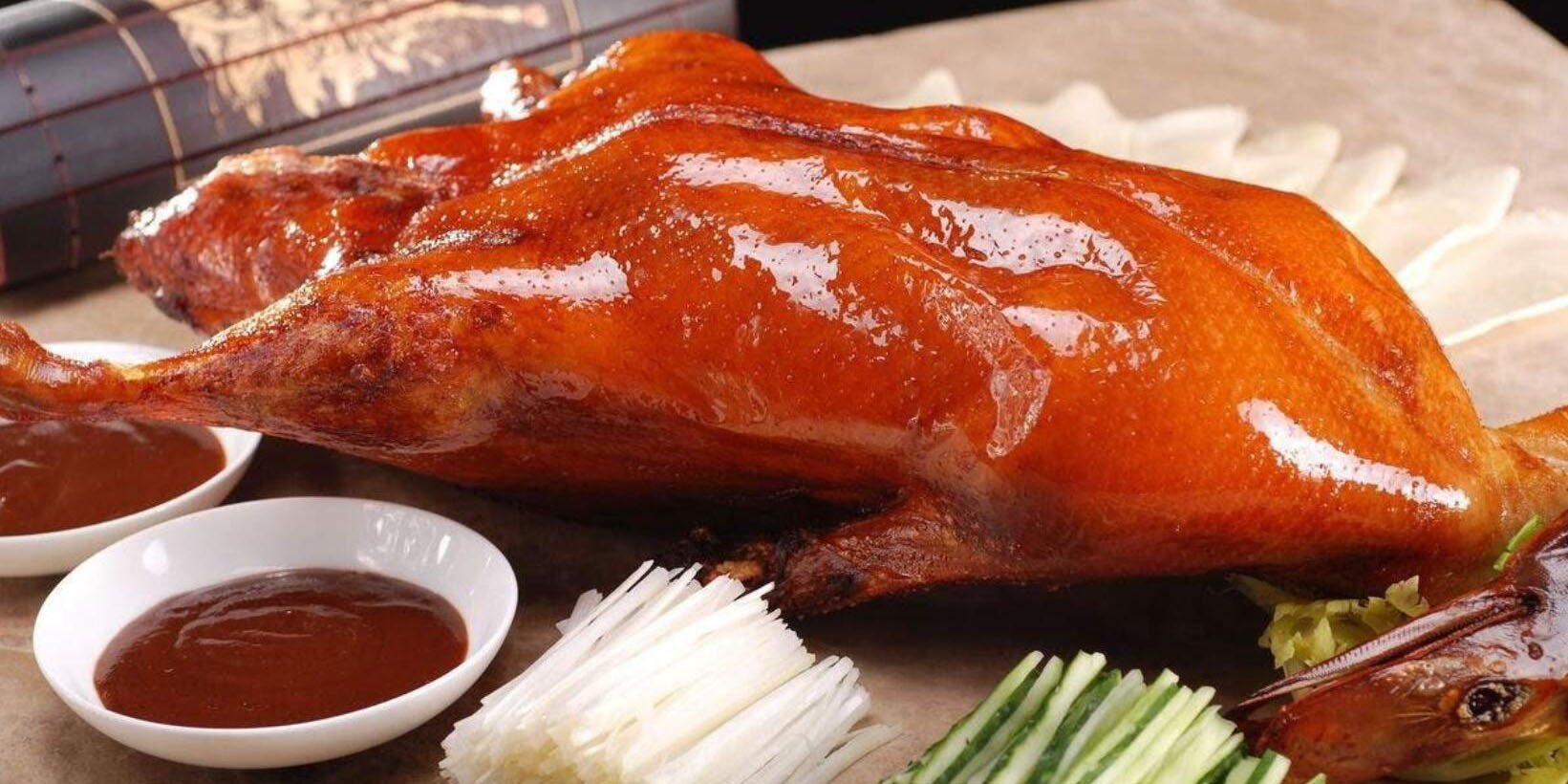

In contrast, under duck typing, the object would be accepted directly, without the need for an adaptor. A common solution to this problem is the Adapter pattern. If a third-party library implements a class that cannot be modified, a client cannot use an instance of it with an interface unknown to that library even if the class does, in fact, satisfy the interface requirements. Protocols and interfaces provide a way to declare, explicitly, that some methods, operators, or behaviors need to be defined (e.g. The TypeScript, Elm, and Python languages support structural typing to varying degrees. Structural typing is a static typing system that determines type compatibility and equivalence by a type's structure, whereas duck typing is dynamic and determines type compatibility by only that part of a type's structure that is accessed during run time. In some statically typed languages such as Boo and D, class type checking can be specified to occur at run time rather than compile time.Ĭomparison with other type systems Structural type systems ĭuck typing is similar to, but distinct from, structural typing. So, if we assume everything that can swim is a duck because ducks can swim, we will consider a whale to be a duck, but, if we also assume it has to be capable of flying, the whale won’t be considered to be a duck.

Ducklings are usually able to fly within five to eight weeks.Duck swimming Duck flying Whale swimming AttributeError: 'Whale' object has no attribute 'fly' Mother ducks lead their ducklings to water shortly after birth. Male ducks generally stay with the other males, but they guard the territory by chasing away predators whenever possible.

Baby ducks are frequently preyed upon by hawks, snakes, raccoons, turtles, and large fish. Mother ducks have to work hard to keep their brood safe and together while her ducklings are growing. The number of eggs that a female lays is directly related to the amount of available daylight-the more daylight she has been exposed to, the more eggs she will lay.

As they find a partner, they will stay with that one mate for the next year but then may move on to other partners for the next mating cycle.įor most duck species, the female lays anywhere from 5 to 12 eggs and then tend to those eggs in her nest until they hatch after about 28 days. It's a lot of work for a mother duck to keep so many ducklings safe from predators.ĭucks usually seek out their mates in the winter.


 0 kommentar(er)
0 kommentar(er)
